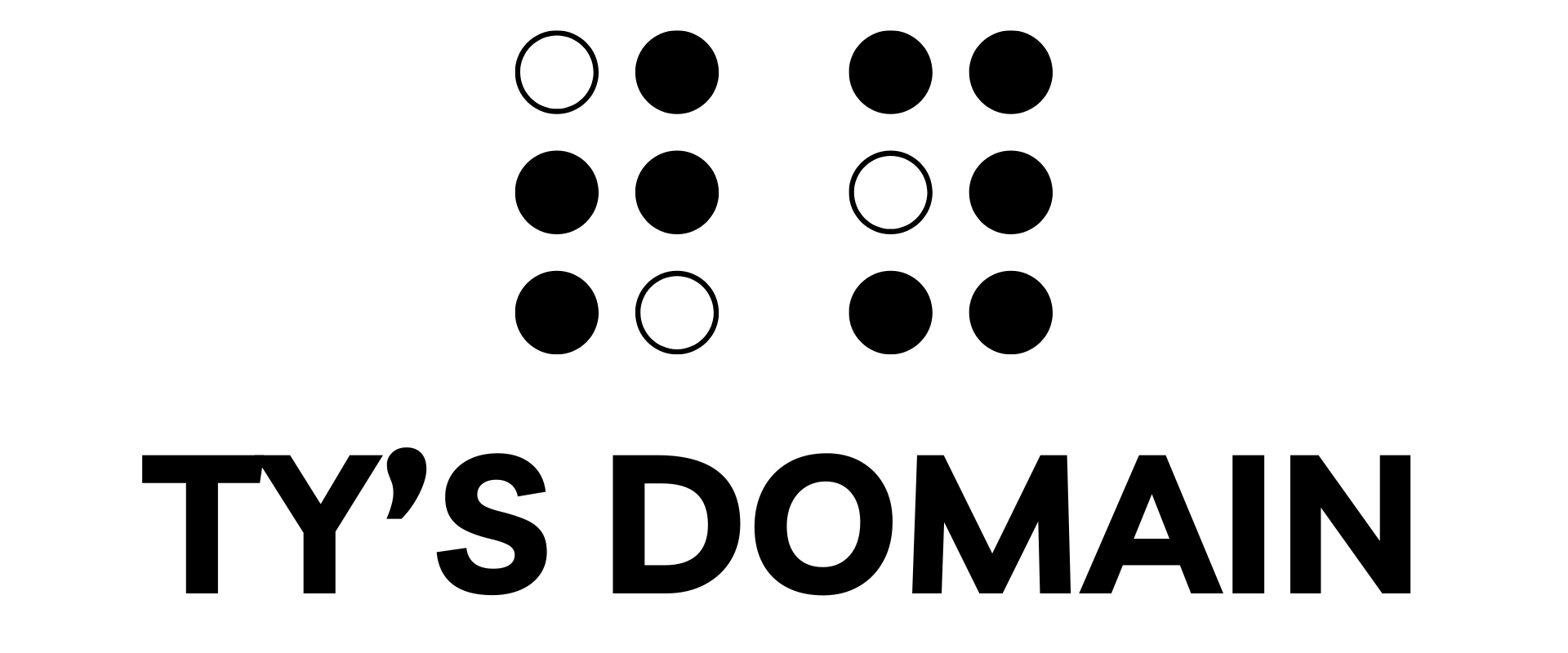AI tools are quickly becoming a staple in modern development workflows. They generate snippets, scaffold entire components, and even offer “accessibility tips” on demand. But there’s a catch: much of what AI produces in this space is incomplete, outdated, or wrong, because accessibility simply doesn’t have the same depth of training data as mainstream technologies like JavaScript or React. That imbalance leads to hallucinations and half-correct patterns that look plausible but fail in real use.
Mastering HTML Inspection: A Keyboard Guide for Accessibility Testing
Ensuring web accessibility goes beyond visual design—it requires testing how users interact with a webpage using only a keyboard. This guide provides a step-by-step approach to inspecting HTML elements without a mouse, utilizing Developer Tools and keyboard navigation techniques. Learn how to identify focusable elements, analyze the DOM structure, and detect common accessibility issues to create a more inclusive web experience. Whether you’re a developer, UX designer, or accessibility tester, this resource will help you improve usability for all users, including those relying on assistive technologies.
CAPTCHAs and the Disability Tax: How Security Tools Fail Accessibility
The internet is filled with tools and features designed to protect users and websites alike, but few are as pervasive—and as frustrating—as CAPTCHAs. CAPTCHAs (Completely Automated Public Turing tests to tell Computers and Humans Apart) are automated challenges intended to verify that a user is human. They appear in various forms, from identifying images with specific characteristics (“find all the dogs in a set of images”) to deciphering and entering distorted text presented in an image. These are embedded into countless websites to prevent automated spam, fraud, and abuse.
While CAPTCHAs play an important role in security, they often come with significant accessibility and privacy trade-offs, particularly for users who rely on screen readers and other assistive technologies.
Continue reading
When Advocacy Falls Short: Exploring Power Imbalances for People with Disabilities
As a blind person, I often find that my voice is unheard or outright ignored in many situations, especially when power dynamics are unbalanced, making it difficult for me to protest or address the issue in the moment. While the stories I share here are centered around travel, these experiences are not isolated to just these scenarios; they’re simply easier to explain and discuss.
Continue reading
Advocating for Change: The Unseen Struggle for Accessibility
We are often told and encouraged to be the agents of the change we wish to see in the world. Advocacy is critical to enable us to grow and make the world a better place for ourselves and for those who follow. This is a principle I whole-heartedly embrace. Without advocates and pioneers who came before me, the opportunities I have today would not exist. However, this critical work often results in the weight of a company’s accessibility efforts and initiatives being placed on the shoulders of people with disabilities, who often sacrifice their time, money and energy in the pursuit of more accessible experiences.
Continue reading
